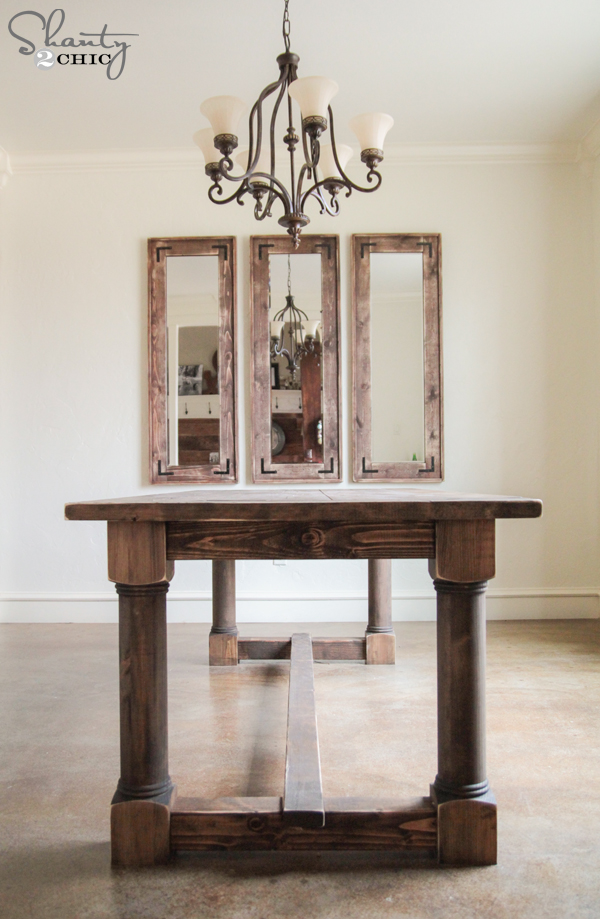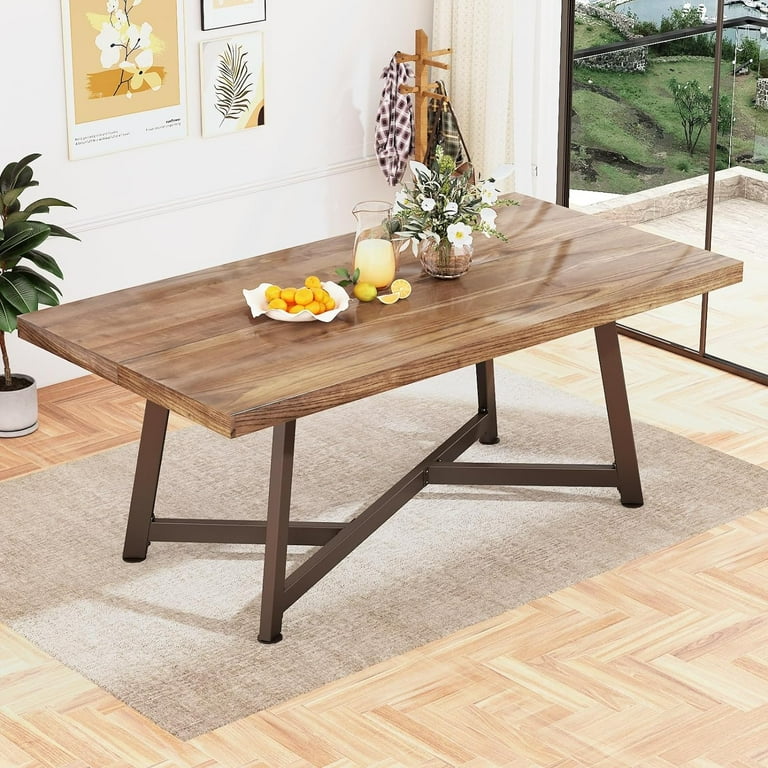How to Choose the Perfect Eating Space Table Legs for Your Home Design
Picking the ideal eating area table legs is a nuanced process that calls for careful factor to consider of various elements, including your area constraints, aesthetic choices, and sensible demands. The interplay between styles, dimensions, and products can significantly affect the ambiance of your dining location, making it important to approach this decision systematically. As you consider the myriad options readily available, it ends up being clear that the best choice expands beyond plain appearance; it can enhance your total eating experience. What elements should you focus on to ensure your selection matches your home's special personality?
Assess Your Eating Room
Evaluating your eating area is essential for selecting the right table legs that enhance both appearances and performance. Begin by gauging the dimensions of your dining location, including ceiling elevation, floor area, and distance to various other furnishings. This information will certainly help establish the suitable dimension and height of your table, which directly affects the option of table legs.
Following, think about the design and layout of your dining room. For instance, an open-concept style might profit from table legs that provide aesthetic agility, such as slender metal or acrylic choices. On the other hand, a more standard setup might call for strong wood legs that give a sense of permanence.
Examine the existing shade scheme and materials in your dining area. Balancing the table legs with these aspects develops a natural appearance that enhances the overall design. In addition, believe regarding the functionality required in your space. If you frequently host huge gatherings, consider legs that offer extra support and stability.
Inevitably, a comprehensive evaluation of your dining area will guide you in making an informed choice, ensuring that your table legs not only boost the aesthetic charm however also offer practical objectives.
Consider Your Design Preferences
When selecting dining room table legs, it is important to review your individual design preferences, as they significantly affect the general aesthetic of your eating room. Your option of table legs can either complement or comparison with existing design, making it important to align them with your recommended interior decoration motif.
If your home leans in the direction of a contemporary visual, think about sleek steel or minimalist wooden legs that supply a clean, uncluttered look. For an extra conventional approach, luxuriant wooden legs with detailed carvings can include a touch of beauty and sophistication. Industrial designs profit from robust, basic materials such as recovered timber and metal mixes, reflecting a sturdy charm.
In addition, farmhouse and rustic styles usually favor tough, chunky legs that stimulate a feeling of warmth and convenience. Conversely, if your design is eclectic, you may pick non-traditional forms or a mix of products to create aesthetic interest.

Evaluate Product Options
The choice of material for dining space table legs plays a crucial role in both sturdiness and visual allure. Usual products consist of timber, steel, and composite options, each offering distinct qualities that can influence the general look and durability of your table.
Timber is a traditional option, recognized for its heat and convenience. Woods like oak and walnut give exceptional strength and can be finished in various stains to match any kind of decor. Softwoods like pine are more this article vulnerable to damages and scrapes, making them less excellent for high-traffic locations.
Steel legs, typically crafted from steel or aluminum, exhibit modernity and industrial beauty. They are very long lasting and resistant to use, making them ideal for family members with kids or frequent celebrations (dining room table legs). In addition, metal can be finished in numerous colors, enhancing the modification opportunities
Composite materials, such as MDF or laminate, deal affordability and varied styles. While usually less durable than strong wood or steel, they can still supply a trendy appearance and are usually simple to maintain.
Inevitably, the material you pick ought to align with your way of living, aesthetic choices, and the level of usage your dining table will certainly experience.
Determine Height and Dimension
Selecting the ideal height and dimension for your dining area table is important for both capability and comfort. The typical height for eating tables generally varies from 28 to 30 inches, allowing enough legroom for many people when seated. However, it is crucial to consider the dimensions of your eating space and the types of chairs you intend to use.

Furthermore, consider the proportions of your dining-room. A larger table in a large location can produce a grand setting, while a smaller sized table functions well in even more intimate setups. Eventually, the ideal elevation and dimension will certainly balance with your general decoration and improve the eating experience for you and your guests.
Explore Personalization Possibilities

Furthermore, the design of the legs can be tailored to fit different styles, such as rustic, modern-day, or commercial. Conical legs can evoke a mid-century modern-day feel, while beefy, block-style legs may reverberate with standard or farmhouse design.
Home owners can likewise explore shade finishes, from all-natural wood spots to paint, allowing them to match or contrast with the table top and you can try this out bordering decoration.
Moreover, leg elevation can be gotten used to fit particular seating setups or personal choices, enhancing both convenience and functionality.
Finally, unique embellishments, such as makings or decorative braces, can further customize the table legs, making the eating experience not just a meal yet a statement piece in the home. By taking into consideration these personalization options, property owners can develop an eating area table that absolutely mirrors their individuality.
Final Thought
Selecting the perfect dining-room table legs requires careful factor to consider of numerous factors, including the measurements of the eating room, style preferences, material longevity, and desired height. Personalization alternatives better enhance the ability to accomplish a natural visual that enhances the total style. By systematically evaluating these home aspects, house owners can make sure that the picked table legs not just accomplish useful requirements however likewise add favorably to the eating experience and setting of the home.
Selecting the suitable eating space table legs is a nuanced procedure that needs cautious consideration of different aspects, including your room constraints, aesthetic preferences, and practical needs.Assessing your eating room is critical for picking the right table legs that enhance both appearances and capability.When figuring out dimension, determine the area where the table will certainly be positioned to guarantee it fits comfortably, allowing for at least 36 inches of clearance around the table for very easy activity. A bigger table in a large location can create a grand ambiance, while a smaller table functions well in more intimate setups.Picking the suitable eating area table legs requires mindful consideration of different elements, consisting of the measurements of the dining room, design choices, material durability, and desired height.